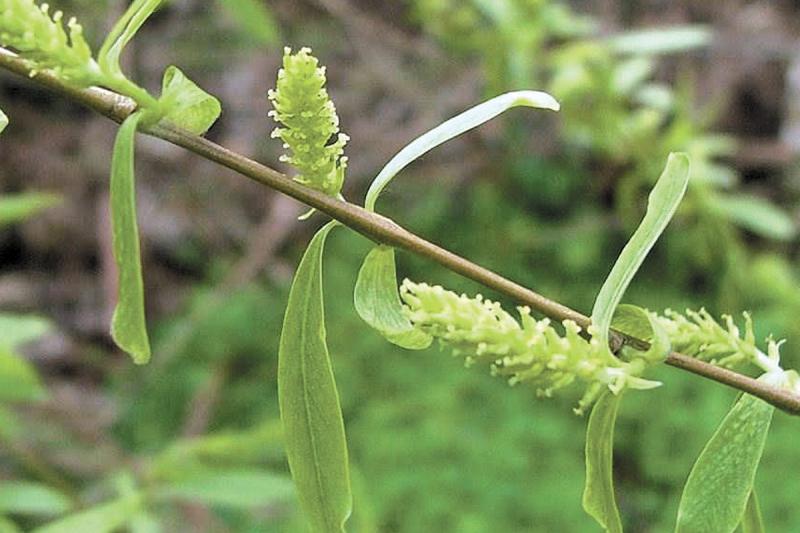While on a boating excursion on Lake George as a child I got really thirtsy, only to be chided by the refrain "Water, water everywhere, but not a drop to drink." And true that is; there is far more water on the earth's surface than there is dry land. In fact, there is the same amount of water on earth as there was when the earth formed, so the water that flows through your body may have once been in the bodily fluids of Neanderthals.
If your water contains lots of calcium and magnesium, it is called hard water, and is aptly hard on pipes and plants. But water is magic for gardeners. Not just for watering pants, but for making new plants.
Many plants root easily in water. You can root African violets (Saintpaulia), Christmas cactus, coleus (Solenostemon scutellarioides), impatiens, geraniums, begonias, philodendron, Swedish ivy, wandering Jew and purple passion vine. In the outdoor garden you can easily root penstemon and snapdragons.
Many vegetables will root in water, including rosemary, basil (Ocimum basilicum), oregano, all of the mints, tomatoes, patchouli (Pogostemon cablin), lemon verbena (Aloysia triphylla) and sage (elegans).
Cut off any flowers, fruits or seed pods, because they weaken the cuttings. All willows (Salix) easily root in water because they contain special powerful hormones.
So in addition to rooting pussy willow (Salix caprea), weeping willow (Salix babylonica) and corkscrew willow (Salix matsudana), you can use willows to help other plants grow roots.
Make a batch of "willow water" to propagate cuttings in water.
Willow water is a home-brew plant rooting hormone that is easily made, and can be used to increase the strike rate (growth of roots) of cuttings that you're trying to propagate.
Use the tips and young branches of any willow. Cut the branches into small pieces and make a "tea" by soaking these cut stems in water overnight or even for a few days.
This lets the willow's hormones (salicylic acid and IBA) leach into the water. Because cuttings are susceptible to bacterial and fungal infection, these natural compounds can help fight them off and result in healthy cuttings.
Just like brewing tea, using more cuttings and soaking them longer results in a stronger or more potent willow water. If you use cold water, the resulting tea may take up to a few weeks to form, or you can use warm or even hot water to soak the cut stems and willow twigs.
Strain the willow water to remove the twigs and stems, and use this water to root your cuttings.
Put the cuttings in bright light but not direct sunlight. Keep the water oxygenated by completely changing the water every two to three days.
Cuttings root best when they aren't stressed from heat or cold, so aim for room temperatures between 65 and 75 degrees. Most cuttings will root in just a few weeks. And most water will last a few million years.




















































